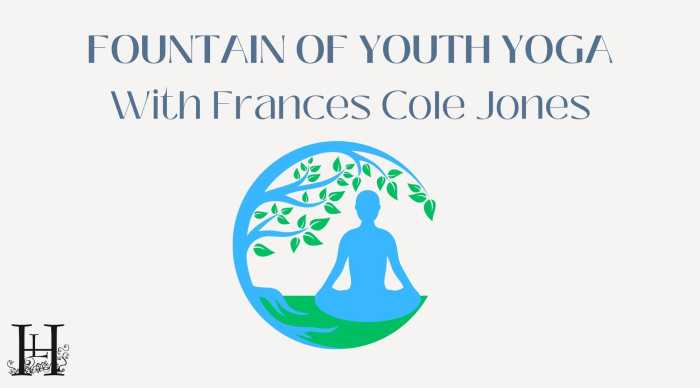After 35 years as a contractor, I never imagined my career, and my mobility, would be stolen in an instant by a preventable construction failure. While working on a bridge project in Port Jervis alongside my son, who had turned 18 just the day before, an unsecured cement column collapsed and drove me into the ground like a nail, leaving me paralyzed.
Four months later, I woke up from a coma in a hospital bed. That was the beginning — I endured more than 140 surgeries and 30 resuscitations that followed. My wife, Laura, lived out of hospitals and hotels to keep our family afloat. My son, who watched me nearly die once, and my daughter, often rushed to my bedside, in an emergency, thinking each time would be their last.
But thanks to New York’s strong bipartisan leadership, the state’s Scaffold Safety Law, Section 240 of the Labor Law, my family was able to adjust to a new reality, including the loss of wages I will never earn again as a paraplegic.
New York’s law is straightforward: it requires construction site owners and general contractors provide basic safety protections for workers exposed to dangerous heights, or objects falling from heights. This works for New Yorkers, because it places responsibility where it belongs: on those with the power, resources, and duty to make worksites safe.
Rep. Nick Langworthy (R-NY) has introduced federal legislation to gut these protections. His so-called “Infrastructure Expansion Act,” known to workers as the “Scofflaw Contractors Ride Free Act,” would leave workers like me without recourse and shift the massive costs of catastrophic injuries onto taxpayers through Medicaid and other public programs. In my case alone, there are more than 290,000 pages of medical records. Imagine the cost of that care being transferred from negligent contractors and their insurers to the public.
Langworthy and the corporate interests backing him want to cut corners and shift blame, no matter the human cost. But ask yourself: if your spouse, sibling, or child were left paralyzed after a preventable fall, would you accept that there was no accountability?
These days, I spend sixteen hours a day confined to bed. Every day, I carry the weight of what happened, but I refuse to let this injury define me.
The Scaffold Safety Law is a lifeline for workers who risk their lives on the job. Here in New York, and across the country, insurers are pushing policies that boost their profits and leave taxpayers to foot the bill.
Property and casualty insurers made a record $169 billion in profit in 2024. Now, they are looking to Washington to help them divert costs, that are rightfully theirs to carry, to you, the taxpayers.
Congress should instead demand these insurers operate transparently, and disclose the basis for their outsized consumer costs. Congress must see this legislation for what it is, and reject it.
Geoff Stewart is a former operations manager for a major road construction company.

































